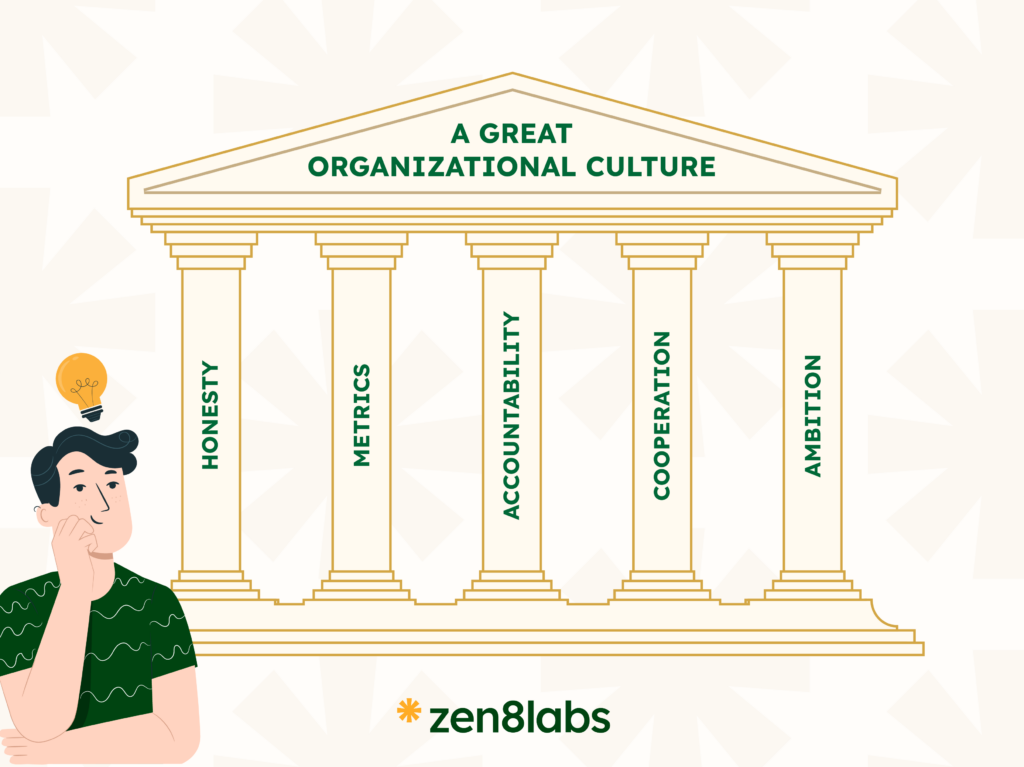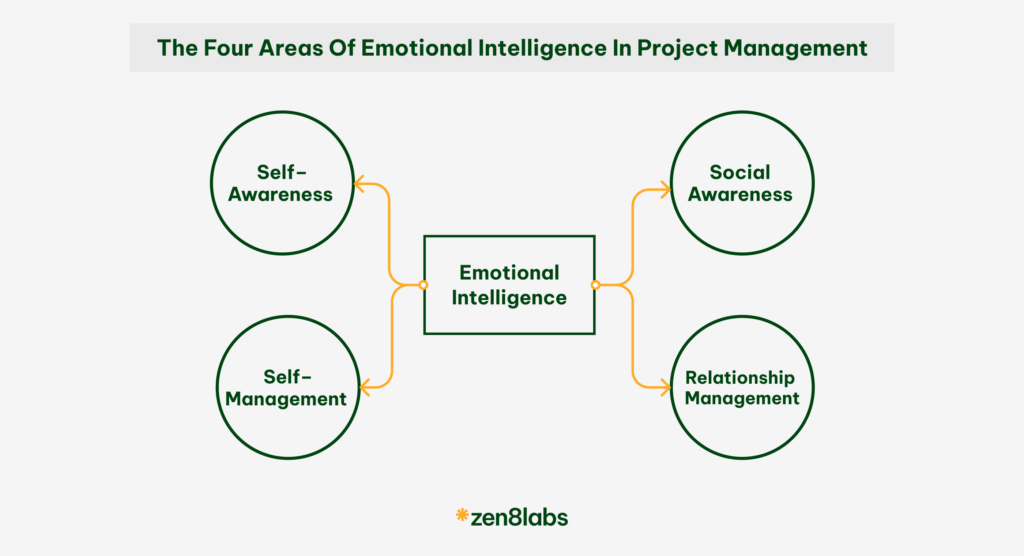In a project, conflicts are unavoidable because of things such stakeholders’ roles, requirements, viewpoints, knowledge or vision are different. At zen8labs, we understand that success in conflict management is one of the key points to creating a positive working relationship and improving productivity. In this article, I will discuss some main reasons for conflict and the strategies for conflict resolution.
There exist two perspectives regarding conflict. The traditional perspective suggests conflicts are negative and should be evaded, while the contemporary perspective emphasizes that conflicts can be advantageous by generating diverse ideas to resolve issues. At zen8labs, we approach conflicts as benefits, they give us are not only challenges but also make us grow up day by day. We realize that conflicts can only be resolved through openness, identifying the root cause and problem-solving by the people involved and their immediate managers.
The common sources of conflict

Since conflict is inevitable in project environment, the source of conflict may come from many reasons. However, according to the Rita book – 10th editor, there are 7 common sources of conflict as below:
- Schedules
- Project Priorities
- Resources
- Technical Opinions
- Administrative Procedure
- Cost
- Personality
A common belief is that personality differences primarily cause conflict within projects. However, it’s surprising to discover that this is seldom the case. Conflict only takes on a personal nature when the underlying problem triggering it remains unresolved. Throughout the project life cycle, during the initiating phase, the most common source of conflict is priority. As the project moves into the planning and executing phases; schedules and resources are the major cause of conflict.
Strategies for conflict resolution

At zen8labs, we are applying as many actions as possible to avoid unnecessary conflicts such as:
- Building team ground rules
- Keeping our team informed about the project progress, key decisions, constrains and objectives, changes
- Making work assignments interesting and challenging
- Assigning task to team member base on their ability and experience
- Creating solid project management practice
Conflict management techniques
Following the PMBok Guide– 6th edition of PMI (Project Management Institue), there are five general techniques for resolving conflict as below:
- Collaborate/problem solving: Incorporating multiple viewpoints and insights from differing perspectives; requires a cooperative attitude and open dialogue that typically leads to consensus and commitment. This approach can result in a win–win situation.
- Force/direct: Pushing one’s viewpoint at the expense of others; offering only win-lose solutions, usually enforced through a power position to resolve an emergency. This approach other results in a win–loses situation.
- Compromise/reconcile: Searching for solutions that bring some degree of satisfaction to all parties in order to temporarily or partially resolve the conflict. This approach occasionally results in a lose – lose situation.
- Withdrawal/avoidance: Retreating from an actual or potential conflict situation; postponing the issue to be better prepared or to be resolved by others.
- Smooth/accommodate: Emphasizing areas of agreement rather than areas of difference; conceding one’s position to the needs of others to maintain harmony and relationships.
Conclusion
To sum up, a deeper understanding of conflict management empowers project managers or team leaders to construct more careful project plans. Consequently, implementing these plans during the execution phase ensures stakeholder commitment, minimizing deviations and reducing the need for extensive troubleshooting. To find out more insightful information, check here!
Phuong Nguyen, Quality Assurance Engineer





